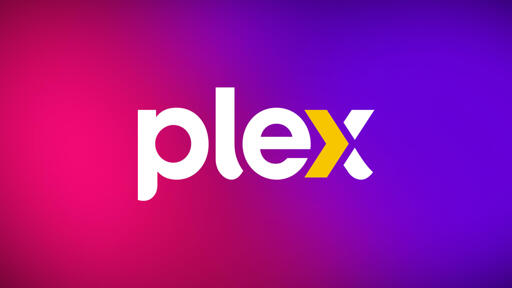- cross-posted to:
- technology@lemmy.world
- cross-posted to:
- technology@lemmy.world
We are also changing how remote playback works for streaming personal media (that is, playback when not on the same local network as the server). The reality is that we need more resources to continue putting forth the best personal media experience, and as a result, we will no longer offer remote playback as a free feature. This—alongside the new Plex Pass pricing—will help provide those resources. This change will apply to the future release of our new Plex experience for mobile and other platforms.



Interesting project. Thanks for the link and I do appreciate it and could see some very good uses for that but it’s not quite what I meant.
Unfortunately as it notes it works as a companion for reverse proxies so it doesn’t solve the big hurdle there which is handling secure and working flow (specifically ingress) of Jellyfin traffic into a network as a turn-key solution. All this does is change the authorization mechanism but my users don’t have an issue with writing down passwords and emails. Still leaves the burden of:
Which is a hassle and a half for technically proficient users and the point that most other people would give up.
By contrast with Plex how many steps are there?
By contrast this still requires the hoster set up a reverse proxy (major hassle if done securely with certificates as well as an expense for a domain which works out to probably $5 a year), to then have their users point their jellyfin at a domain-name (possibly a hard to remember one as majesticstuffbox[.]xyz is a lot cheaper than the dot com/org/net equivalents or a shorter domain that’s more to the point), auth and so on. It’s many, many, many more steps and software and configurations and chances for the hosting party to mess something up.
My point was I and many others would rather take the $5 we’d spend a year on a domain name and pay it for this kind of turn-key solution for ourselves and our users even if provided by a third party but that were Jellyfin to integrate this as an option it could provide some revenue for them and get the kinds of people who don’t want to mess with reverse proxies and certificates into their ecosystem and off Plex.